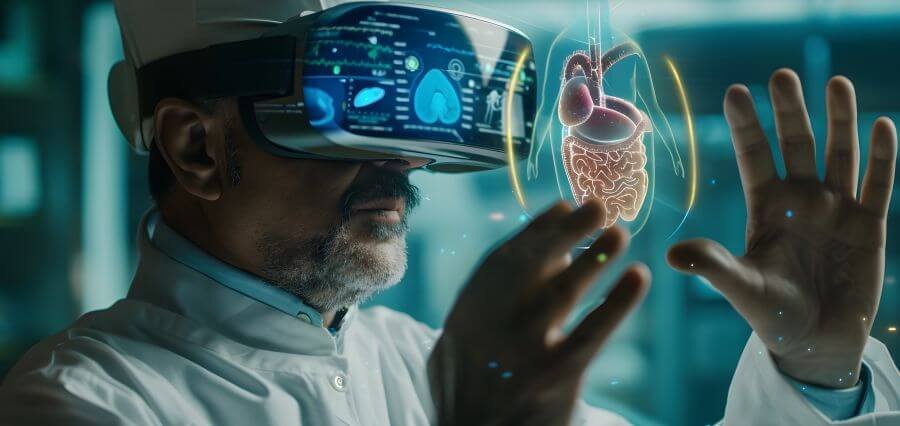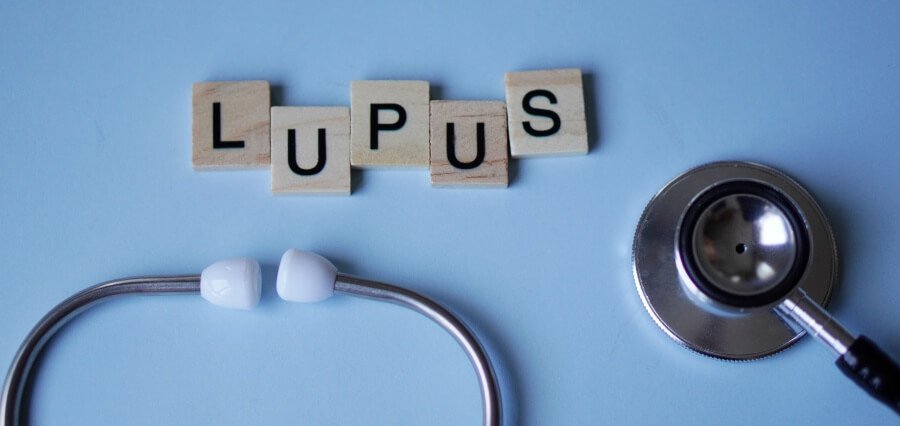Leading venture financing company QantX has given Dynamic Therapeutics, a University of Bristol spin-out, a Blavatnik Prize for their U-RHYTHM technology. It provides a “low-cost” way to collect up to 72 samples over the course of a 24-hour period with information on hormone protection.
The company’s goal is to establish itself as the “gold standard” for time-based hormone assessment, increasing patient treatment outcomes and diagnosis accuracy for ailments including type 1 diabetes and hypertension.
The business, which was founded by Prof. Stafford Lightman, Dr. Georgina Hazell, and Alex Caccia, intends to conduct more technological testing with global research institutes. In a paper reviewing the application of U-RHYTHM, Dipika R. Mohan and Antonio Marcondes Lerario suggest the technology has “abundant clinical applications for established endocrine disorders, seeding opportunities to redefine disease states by their abnormality, their temporality, and target tissue responsiveness to hormones.”
Hormones are essential for controlling many aspects of health, including mood, emotions, growth and development, reproduction, stress reactions, and sleep-wake cycles. However, it is challenging to monitor hormone levels consistently throughout the day since they differ significantly between patients.
Diagnosing and treating hormone-related illnesses are based on standard approaches that require single measurements, generally taken in the morning. This is problematic since many hormone levels fluctuate. U-RHYTHM measures the patterns of physiologically active molecules in the tissues and their temporal variations. According to Dynamic Therapeutics officials, the data may be analyzed to find any disturbances that could impact a patient’s health, particularly the early ones.
Professor Stafford Lightman, Co-founder of Dynamic Therapeutics, said: “It is a great honour to receive a Blavatnik Prize from QantX and it comes at an exciting moment in the company’s evolution. Our trials are already showing significant interest among customers for U-RHYTHM, and we are looking to rapidly expand our work with research institutions as we look to commercialize the technology in the next year.”
Read More: Click Here





